"The Ghibli is the springboard to a major product offensive."
The Ghibli is possibly the most important model in Maserati’s 99-year history. If it enjoys the sales figures that the bean-counters are predicting – particularly in North America and Asia – the Italian manufacturer could have tens of thousands of new customers, the springboard for a major product offensive. In 2012, around 6,300 cars were made; by 2015, the company intends that number to be close to 50,000, with new SUV, GT and 911-rival models waiting in the wings.
However, their introduction appears to hinge on the success of the Ghibli, so what if it doesn’t perform to expectations? It doesn’t bear thinking about.
Sibling similarities

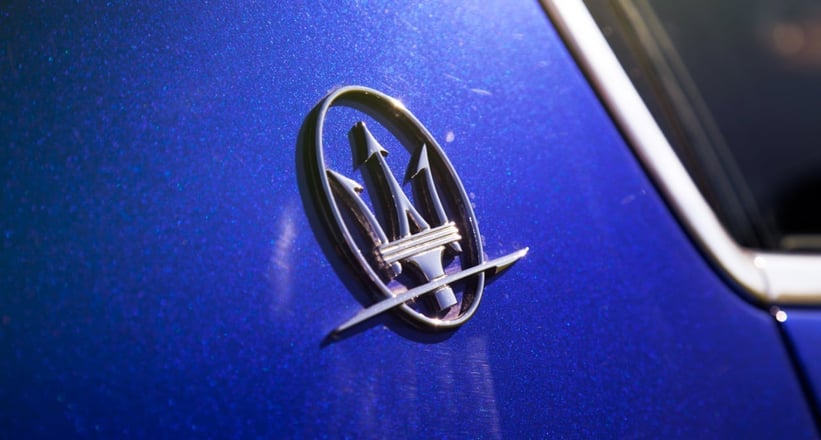
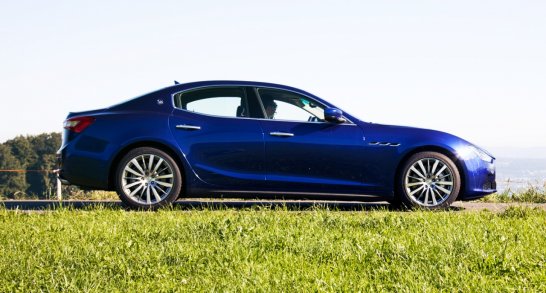
In entering its third generation, the Ghibli has borrowed little from its namesakes, a pair of two-door coupés from 1966 and 1992. In the new Maserati product portfolio, it acts as an entry-level model placed beneath the Quattroporte. However, only a trained eye will be able to spot the visual differences and the story is much the same under the surface – it shares the Quattroporte's brakes, suspension, steering and numerous interior details, though the smaller car will have a more sporting edge. The twin-turbo 3.0-litre petrol V6 looks set to be used in the next Ferrari California, and there’s also a diesel engine of the same capacity and cylinder arrangement available.
Two revolutions at once
Diesel isn’t the only new feature. Like its rivals (E-Class, 5 Series, A6, etc.), the Ghibli can also be specified in four-wheel drive (but in LHD markets only). With this dual revolution, Maserati has accepted its need to catch up with the competition, even if certain brand traditions must be discarded in the process.
Our test car is the top-of-the-line Ghibli S Q4 which produces around 404bhp, and costs around 82,000 euros in Europe. Visually, it’s certainly angled towards the tastes of the American and Asian markets – meaning a dramatic front end and muscular haunches – which might leave more traditional Maserati enthusiasts a little bitter. But that’s sort of the point: if Maserati wants to lure a new breed of customer, things have to change. It worked for Jaguar, after all.
Italian spirit remains
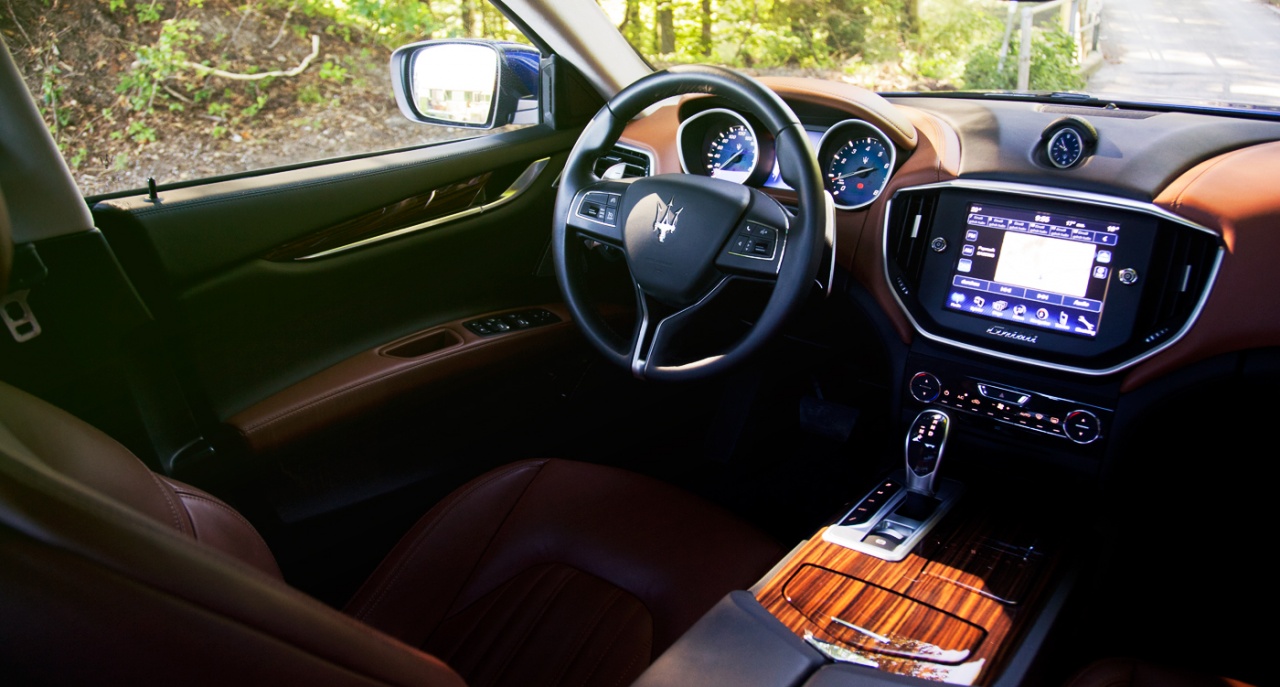
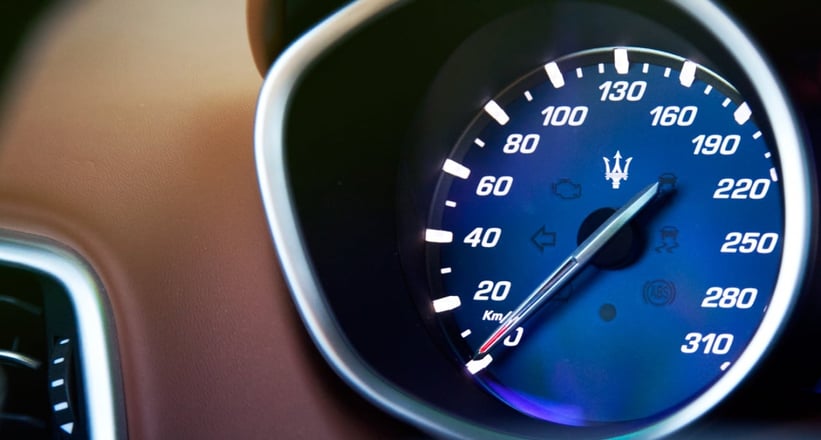
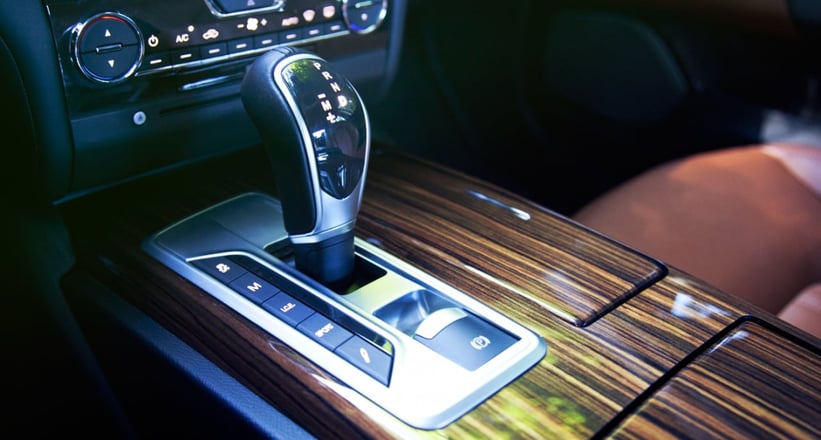
The interior is tactile with a healthy dose of Italian flair, the wood panelling to the transmission tunnel being a particularly nice touch. Despite lacking a few cylinders in comparison to the usual Modenese offerings, a raspy note quells any concerns on start-up. Once on the move, those borrowed steering and suspension systems are convincing – ‘Normal’ allows a comfortable glide through the Swiss mountains, while in ‘Sport’, the Ghibli fulfils the promise of further agility over its bigger brother.
While it looks to be geared for success in its priority markets, its adoption in Europe is difficult to predict. The imminent centenary will no doubt bring with it plenty of attention, so one would certainly hope this is the beginning of a more secure future than Maserati has ever seen before.











